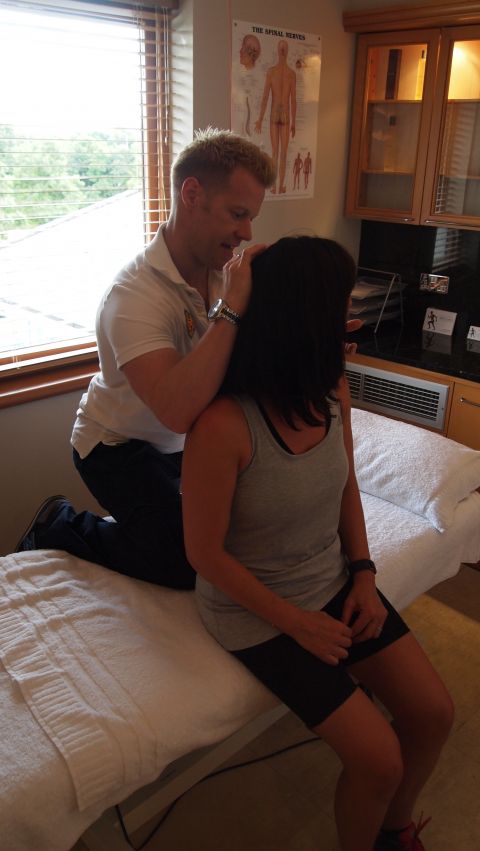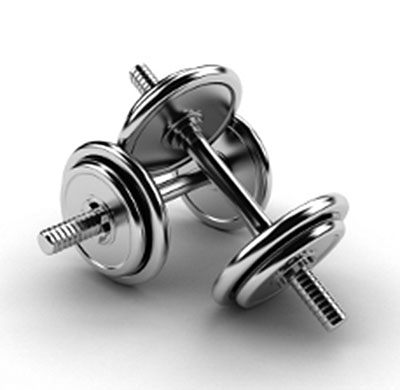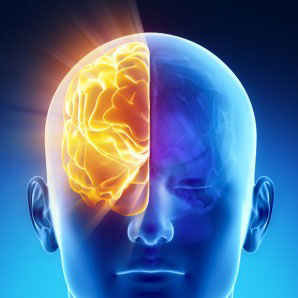Neck Pain
Neck Pain
Similar to back pain, it is commonly believed that neck pain arises from specific conditions including:
- Trapped nerves
- Arthritis
- Muscle and ligament strains
- Disc lesions
- Slipped discs
- Degeneration etc
Often "bad posture" is blamed for neck pain also - of which there is no evidence!!"
Occasionally this may be the case, however as with scans of the lower back, very few scans of the neck, whether x ray or MRI really help us to accurately diagnose the injury/issue. Therefore a classification of ‘non-specific chronic neck pain’ is given to the problem.
This can make treating neck pain especially chronic/persistent neck pain, difficult to treat and maintain long term. As a result traditional treatments in isolation such as: exercise, mobilisations, manipulations, ultrasound, acupuncture, pilates and core strengthening can often fail.
At North Lakes Physiotherapy we use the concept: Cognitive Functional Therapy (CFT) to treat neck pain .This concept is thanks to the pioneering work of Professor Peter O’Sullivan from Perth, Western Australia.
Depending on the patient and underling driving factors, CFT may or may not be used in conjunction with movements and exercise. We definitely will not use treatments such as ultrasound - which are redundant at this practice.
CFT is used to identify the underlying driving mechanism of the problem which develops faulty movement patterns that contribute to the pain experience. From this, North Lakes physiotherapists will work to resolve the issue using functional ways of moving better. The concept is specific individualised care meaning we do not treat any patient the same.
This is due to North Lakes Physiotherapists considering not just the patho-anatomical or structural factors but the the wider picture of the patient including:
- Psychological factors
- Genetic factors
- Social factors
- Physical factors
Using this method generates a classification system which tells a fuller and clearer picture and story of the patients unique pain experience. This stands us in much better stead for helping resolve the pain and return the patient to their normal functional life.





